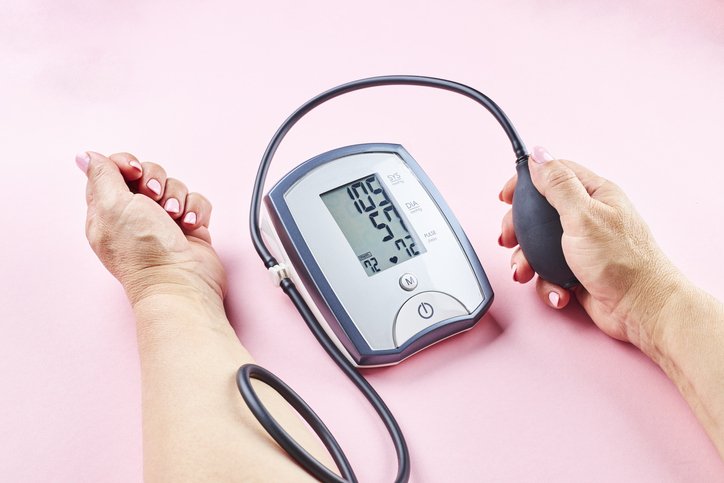
By The American Heart Association
What do your blood pressure numbers mean?
The only way to determine if you have high blood pressure (HBP or hypertension) is through a blood pressure test. Understanding your results is essential for managing high blood pressure.
Healthy and unhealthy blood pressure ranges
Discover what is deemed normal as per the recommendations from the American Heart Association.
Note: A high blood pressure diagnosis requires confirmation from a healthcare professional. A doctor should also assess any unusually low blood pressure readings.
Blood pressure categories
The American Heart Association recognizes five blood pressure ranges:
Normal
Blood pressure readings of less than 120/80 mm Hg are classified as normal. If your results fall into this category, it’s important to maintain heart-healthy habits, including a balanced diet and regular physical activity.
Elevated
Elevated blood pressure is indicated by readings consistently ranging from 120-129 systolic and less than 80 mm Hg diastolic. Individuals with elevated blood pressure risk progressing to high blood pressure unless they adopt measures to manage the condition.
Hypertension Stage 1
Hypertension Stage 1 is characterized by blood pressure readings consistently ranging from 130-139 systolic or 80-89 mm Hg diastolic. At this level of high blood pressure, healthcare providers are likely to recommend lifestyle changes and might consider prescribing blood pressure medication depending on your risk for atherosclerotic cardiovascular disease (ASCVD), including heart attack or stroke.
Learn more about your risk with our Check. Change. Control. Calculator™.
Hypertension Stage 2
Hypertension Stage 2 is identified when blood pressure consistently registers at 140/90 mm Hg or higher. At this stage, healthcare providers are often inclined to prescribe a combination of medications and lifestyle modifications.
Hypertensive crisis
This level of high blood pressure necessitates immediate medical attention. If readings exceed 180/120 mm Hg, wait five minutes and retest. If blood pressure remains significantly high, contact your healthcare provider right away. You may be experiencing a hypertensive crisis.
If your blood pressure is above 180/120 mm Hg and you’re experiencing symptoms of potential organ damage, such as chest pain, difficulty breathing, back pain, numbness or weakness, changes in vision, or trouble speaking, do not hesitate. Call 911.
Your blood pressure numbers and what they mean
Blood pressure is represented as two numbers:
– Systolic blood pressure (the first number) – shows the pressure exerted by blood against artery walls when the heart beats.
– Diastolic blood pressure (the second number) – represents the pressure against artery walls while the heart is at rest between beats.
Which number is more important?
Systolic blood pressure (the first number) is often given more weight as a significant risk factor for cardiovascular disease in individuals over 50. Generally, systolic blood pressure increases progressively with age due to the stiffness of large arteries, plaque buildup over time, and higher rates of cardiac and vascular diseases.
That said, either an elevated systolic or diastolic reading can be used to diagnose high blood pressure. Recent studies indicate that the risk of death from ischemic heart disease and stroke doubles with every 20 mm Hg increase in systolic blood pressure or 10 mm Hg increase in diastolic pressure among individuals ages 40 to 89.
Why blood pressure is measured in mm Hg
The term mm Hg stands for millimeters of mercury. Mercury was the substance used in the first precision pressure gauges and remains the standard unit of measurement for pressure in medicine today.
Taking your pulse versus checking your blood pressure
While both metrics offer insights into health, blood pressure and heart rate (pulse) are distinct measurements. Learn more about the difference between blood pressure and heart rate.






